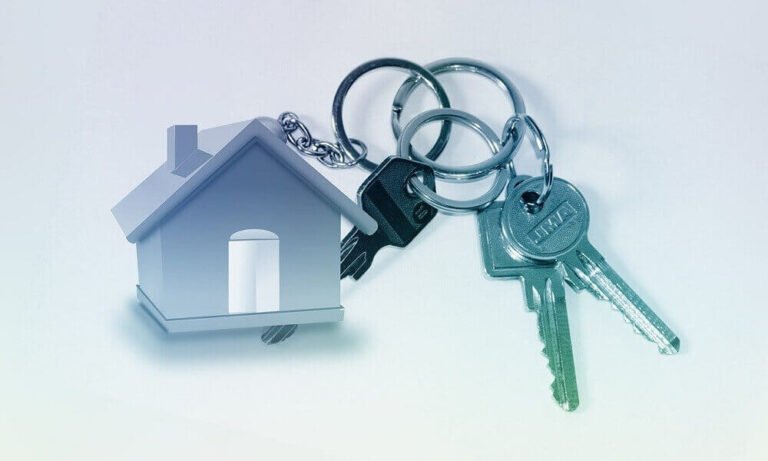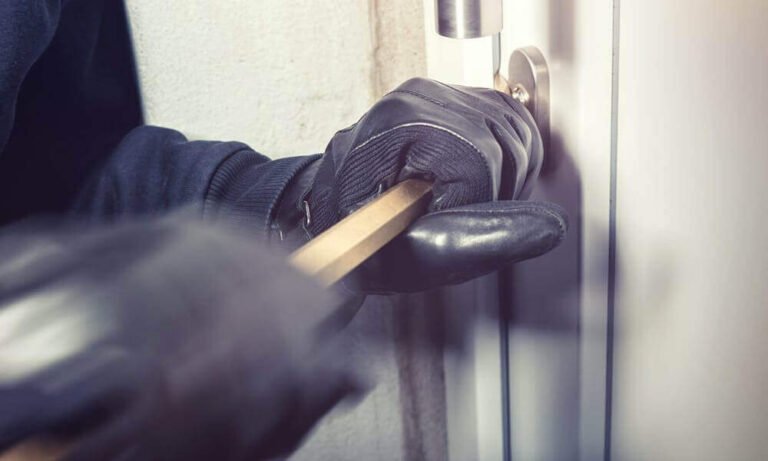Do you want to ensure your safety and peace of mind. Explore this home security checklist for securing your home effectively.
Introduction
Ensuring the safety of your home is paramount. A robust home security checklist isn’t merely about safeguarding possessions; it’s a commitment to protecting your loved ones and preserving the essence of home.
This comprehensive guide covers the key elements essential to fortifying your residence against potential risks. By understanding and implementing these strategies, you create a shield that not only secures your property but also fosters an environment where safety, comfort, and cherished memories flourish.
Embrace the power of a well-secured home, where tranquility prevails and worries fade, allowing you to relish every moment without apprehension.
Table of Contents
Understanding the Home Security Checklist
Mastering the nuances of a home security checklist is pivotal. It’s a systematic blueprint encompassing multifaceted layers of protection for your sanctuary.
This comprehensive guide navigates through the intricate details, delineating every facet of fortification essential to shield your haven. From securing entry points to devising contingency plans, each segment contributes to a fortified defense strategy.
Embracing this checklist equips you with the expertise to identify vulnerabilities and fortify them, ensuring your home becomes an impenetrable fortress.
A profound understanding of this checklist empowers you to curate a shield that not only safeguards your residence but also instills a profound sense of security and tranquility.
The Importance of Home Security
Safeguarding your home transcends physical possessions—it’s about securing the sanctuary where your cherished memories reside. A well-secured home provides peace of mind and a sense of safety.
Here are some of the importance of home security:
- Protection of Loved Ones: Security measures safeguard your family and loved ones, ensuring their safety within the confines of your home.
- Preservation of Memories: A secure home safeguards the invaluable moments and memories created within its walls, offering peace of mind.
- Sense of Safety: It cultivates a feeling of safety, allowing occupants to feel secure and comfortable, fostering a sense of belonging.
- Prevention of Potential Threats: Security measures act as a deterrent, preventing potential intruders or threats from breaching your home.
- Peace of Mind: A well-secured home provides tranquility, allowing occupants to live without constant worry about safety and security.
- Sanctuary for Comfort: It creates a haven where one can unwind, knowing their dwelling is fortified against potential risks.
- Family’s Well-Being: A secure home contributes to the well-being of the family, promoting a stress-free environment for growth and happiness.
- Resilience Against Uncertainty: In uncertain times, a secure home provides stability and assurance, regardless of external circumstances.
Essential Components of a Home Security Checklist
Key elements like locks, surveillance systems, alarms, lighting, and emergency plans create a comprehensive strategy for safeguarding your home effectively.
Now let’s explore the various components of a home security checklist.
Entry Points and Locks
Securing entry points, including doors and windows, is paramount in fortifying your home. Start by assessing the strength of existing locks; consider upgrading to smart locks for added security.
Smart locks offer convenience and heightened protection through advanced encryption and remote-control access.
Reinforcing doors with deadbolts and ensuring windows have sturdy locks or reinforcements like window bars or sensors further fortifies your home.
Regularly inspect and maintain these entry points, as they serve as the first line of defense against potential intruders, providing peace of mind and a sense of safety for you and your family.
Surveillance Systems
Implementing a robust surveillance system significantly enhances your home’s security. Start by strategically placing cameras in key areas, covering entry points, blind spots, and high-traffic zones.
Consider features like high-resolution video, night vision capabilities, and motion sensors for comprehensive monitoring.
Integrating these elements with a central monitoring hub or app enables real-time surveillance.
Additionally, smart home integration allows remote access and alerts, empowering you to respond swiftly to any potential threats.
Regular maintenance and periodic checks ensure optimal functionality, providing peace of mind and a proactive defense mechanism against intruders or suspicious activities within your property.
Alarm Systems
Integrating a robust alarm system is a crucial aspect of fortifying your home. These systems offer a proactive defense, deterring potential intruders and alerting you in case of emergencies.
Monitored alarm systems, connected to security agencies or emergency services, ensure swift responses during critical situations. Incorporating sensors on doors, windows, and motion detectors in key areas strengthens your home’s security perimeter.
Advanced features such as panic buttons or duress codes provide additional layers of protection in distress situations.
Regular testing and maintenance guarantee optimal functionality, reinforcing a sense of safety and readiness, ensuring swift action during unforeseen circumstances.
Lighting and Landscaping
Strategic lighting and landscaping play pivotal roles in fortifying your home’s security. Outdoor lighting serves as a deterrent, minimizing hiding spots and enhancing visibility around your property.
Install motion-activated lights along pathways, entryways, and blind spots, deterring potential intruders. Ensuring adequate illumination around your home’s perimeter reduces the risk of unauthorized access.
Additionally, maintaining clear visibility through well-trimmed shrubbery and trees eliminates potential hiding spots.
Consider employing timers or smart lighting systems to simulate occupancy, further discouraging suspicious activities.
By optimizing lighting and landscaping, you create a well-lit environment that acts as a formidable barrier against intruders while fostering a sense of safety within your home.
Emergency Preparedness
Crafting a robust emergency plan is essential for ensuring the safety and well-being of your household. Begin by identifying potential risks and establishing protocols for various scenarios, including natural disasters or intrusions.
Designate safe zones within your home and establish evacuation routes, ensuring every family member is familiar with these procedures.
Communication protocols, such as designated emergency contacts and a centralized communication hub, facilitate swift coordination during crises.
Regular drills and rehearsals of these plans reinforce preparedness and ensure a calm and efficient response when faced with unexpected situations, fostering a secure environment for your family’s safety and peace of mind.
Conclusion
Creating a secure home demands a meticulous approach. A comprehensive home security checklist serves as the cornerstone for a protected living space.
By implementing these strategies, you fortify your home, ensuring peace of mind for you and your family.
Remember, investing time in securing your home today safeguards your cherished moments tomorrow.
Take proactive steps, and embrace a safe haven where tranquility and safety intertwine, creating an environment where you can thrive without worry or fear.
Your commitment to home security ensures a sanctuary that fosters comfort and peace for years to come.
Frequently Asked Questions
Q: How often should I test my home security system?
A: Regularly test your system monthly to ensure all components are functioning optimally.
Q: What should I do if my alarm system is triggered accidentally?
A: Contact your security company immediately to prevent false alarms, and provide your security code or password.
Q: Can I install a security system by myself?
A: While some systems offer DIY installation, consulting professionals ensures optimal setup for maximum security.
Q: Is it necessary to have surveillance cameras if I live in a safe neighborhood?
A: Surveillance cameras offer added security regardless of the neighborhood, providing peace of mind.
Q: How can I improve the security of sliding glass doors?
A: Consider installing security bars or adding sensors to these doors for enhanced protection.
Q: What are the best practices for securing my garage?
A: Installing motion-activated lighting and reinforcing garage door locks are effective measures.



